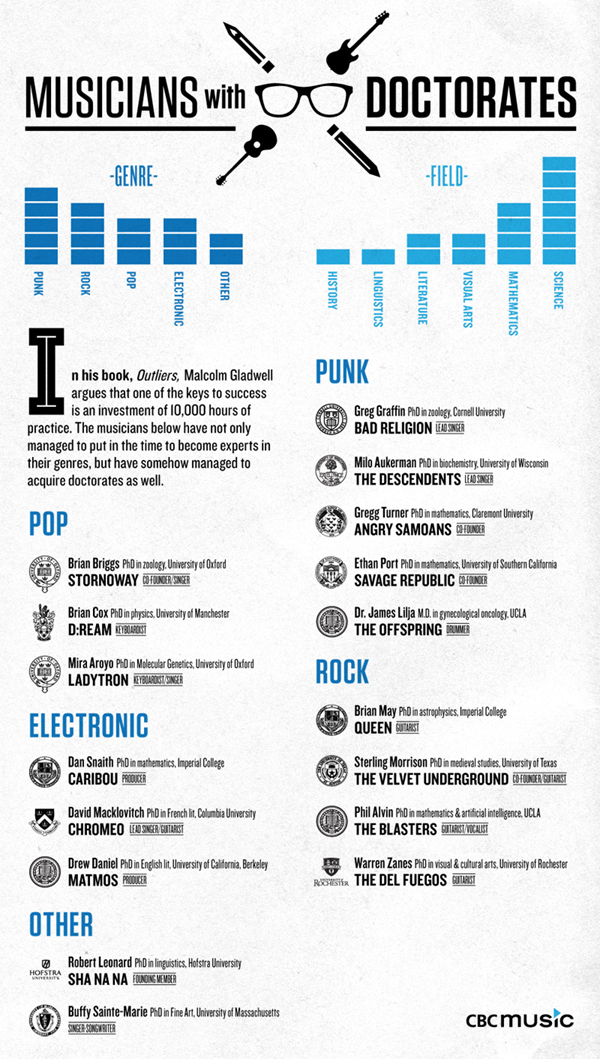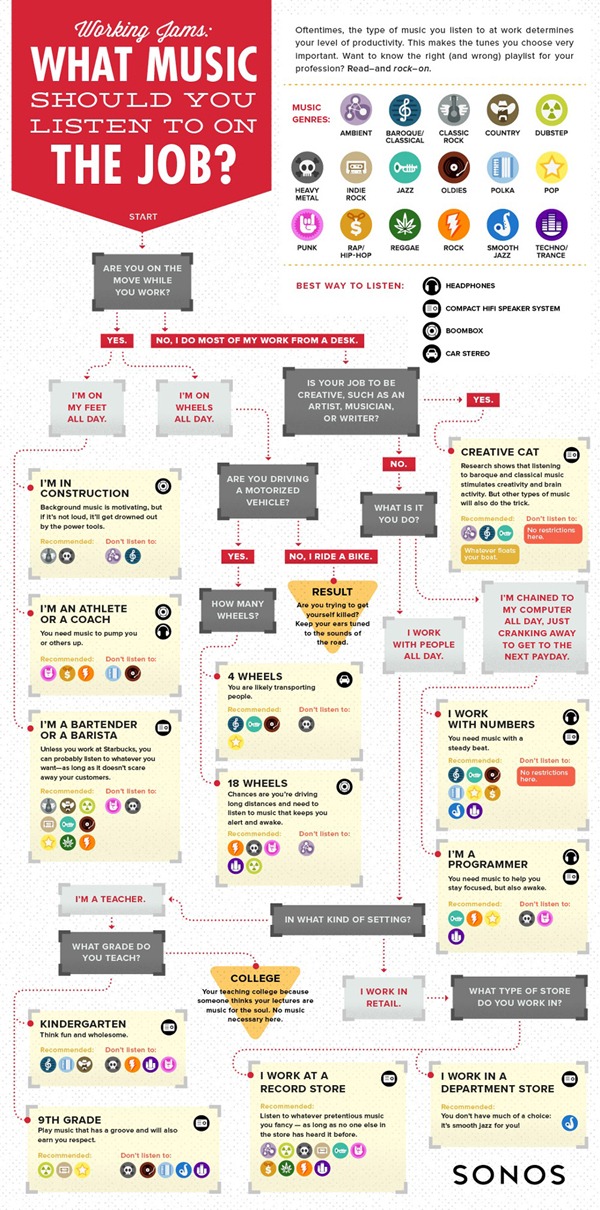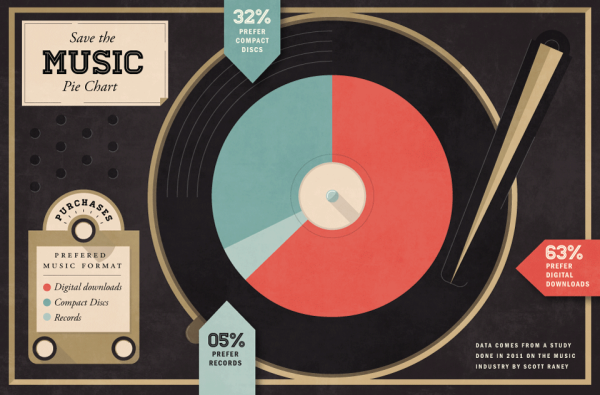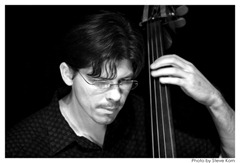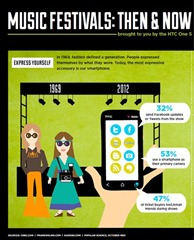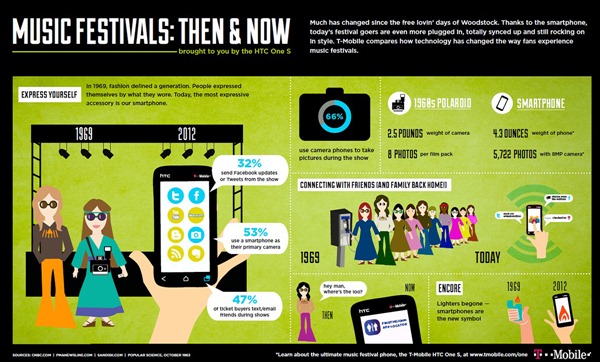 While flipping through the channels a couple of weeks ago, I landed on the 1993 film “The Firm”. Dave Grusin’s score was composed for John Grisham’s legal thriller starring Tom Cruise. Considering all the scores that attempt to copy John Williams, this score, consisting of jazz acoustic piano pieces, is a surprisingly low-key, yet effective approach. When it came out, my assistant Cathy (a fine piano player) was so enamored with the soundtrack. I have to admit, it took me a little longer to go out and purchase the CD.
While flipping through the channels a couple of weeks ago, I landed on the 1993 film “The Firm”. Dave Grusin’s score was composed for John Grisham’s legal thriller starring Tom Cruise. Considering all the scores that attempt to copy John Williams, this score, consisting of jazz acoustic piano pieces, is a surprisingly low-key, yet effective approach. When it came out, my assistant Cathy (a fine piano player) was so enamored with the soundtrack. I have to admit, it took me a little longer to go out and purchase the CD.
Grusin uses the piano as a melodic solo instrument, while at other times, he pounds away, exploiting its percussive ability. What was most astonishing to me are the grooves he is able to create with just two hands. That being said, on many selections, Grusin, accompanies himself – in other words, there are at least three, and to my ears, often four hands playing.
“Memphis Stomp” is a quasi-boogie-woogie groove that when you close your eyes you can picture yourself strolling down the streets of Memphis. “Ray’s Blues” is a slow pensive blues that I found very soothing. “The Plan” defies categorization. The accompaniment is as interesting as the melodic components. There are hints of a big band with snippets of jazz vocals, though played on an acoustic piano.
At times, the tunes reflect the mood of the scene so well. One such song is “Blues: The Death Of Love & Trust”. The heartache is evident in the melody and tempo. Even the timbre of the piano sounds introspective. “Mud Island Chase” is the only tune that has percussion added to the piano tracks. The mixed meter, along with the strumming of the piano strings, creates the angst and tension that the characters are feeling in the scene.
The CD is augmented with some pop and fusion songs by Jimmy Buffett, Lyle Lovett, and Nanci Griffith, to give a feel of the contemporary Southern locale.
Dave Grusin did an outstanding job of creating interest, color and musicality with a minimalist approach. Unlike some soundtracks, this disc stands on its own musically, worth multiple listenings. Since it is on the older side, purchasing this at a discount price should be pretty easy.
